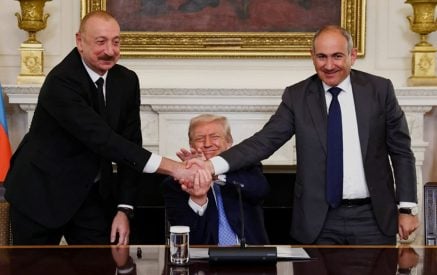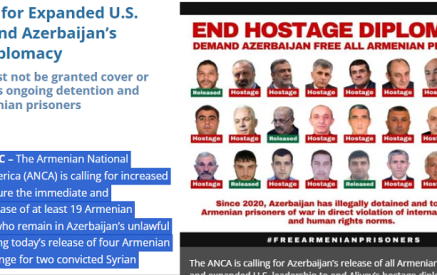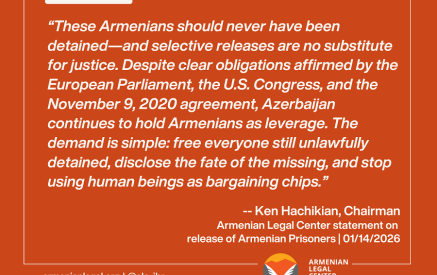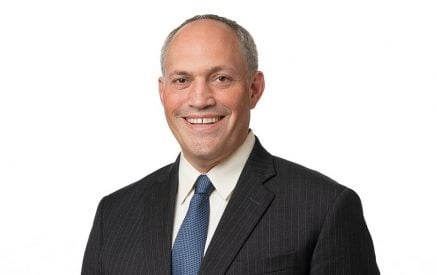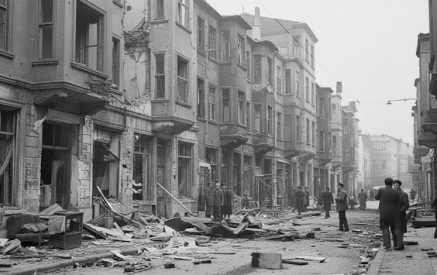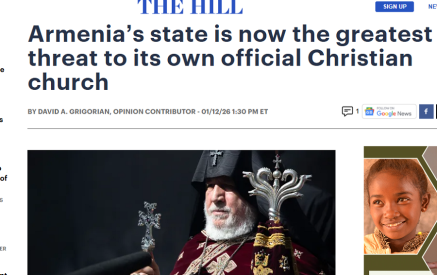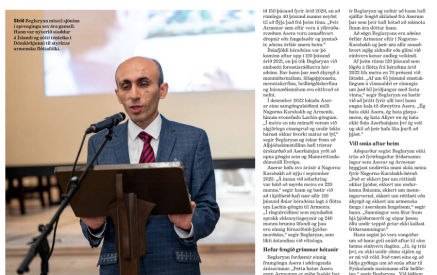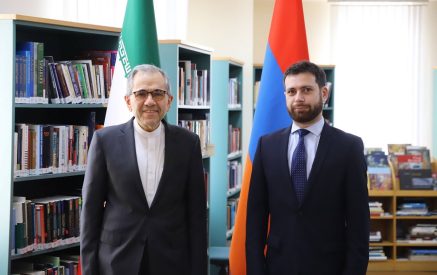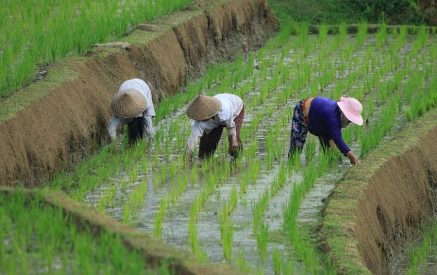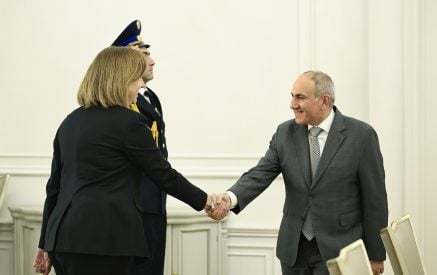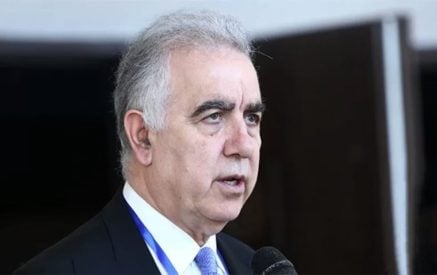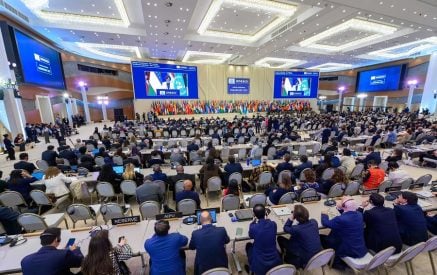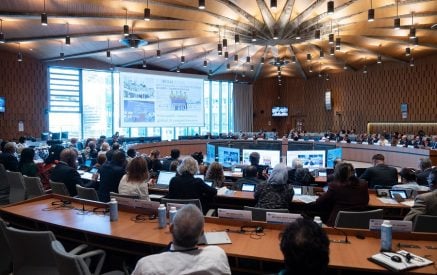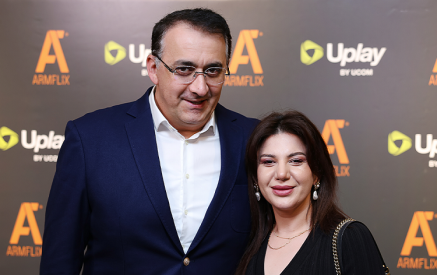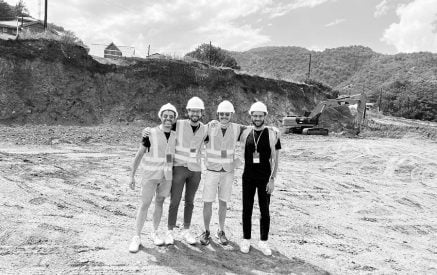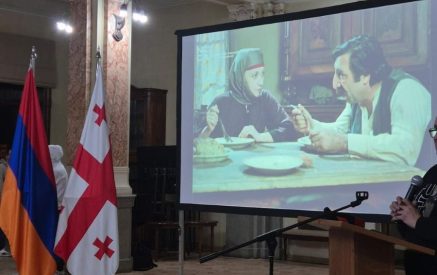The Armenian exhibition at UNESCO’s 46th Session of the WHC in Delhi is over, ambassador and dignitaries from several countries visited the Armenian exhibition and Armenia pavilion.
Delegate of Armenia at UNESCO’s 46th session of the World Heritage Committee Meeting
India, Delhi
India is a civilizational state with marvellous monuments, narrating the glorious Indian saga across the length and breath of this phenomenally diverse country. It is a matter of great joy for Indians that our country is for the first time hosting Session of the UNESCO World Heritage Committee at Bharat Mandapam in New Delhi. The author of this article participated in the same as a delegate on the invitation of the Armenian embassy in New Delhi. While inaugurating the session, Honourable Prime Minister Shri. Narendra Modi said, “It is India’s clarion call to the world to come together to promote each others’ heritage and amplify the spirit of human welfare, encourage tourism, and create more job opportunities through the 46th World Heritage Committee meeting.” The Government of India is indeed committed not just to preserving India’s own heritage but also to appreciating and helping preserve the heritage of other nations, which is a manifestation of Indians’ belief in “Vishwababdhutva.”
Read also

Author of this article explaining Egyptian delegation about the life and legacy of Sarkis Kachadourian. Image Credit: Embassy of the Republic of Armenia.
ndia and Armenia have millennia-old relations, and in order to make esteemed participants in the session more aware of the same, an exhibition titled “Art that Reinstates Friendship: Ajanta Revisited in Armenia” was organised on the margins of the 46th session of the World Heritage Committee, curated by head of the department of Decorative-Applied Art at National Gallery of Armenia,

Author of this article explaining the ambassador of Georgia about the life and legacy of Sarkis Kachadourian. Image Credit: Embassy of the Republic of Armenia.

Dr. Satenik Chookaszian head of the department of Decorative-Applied Art at National Gallery of Armenia.


Team Armenia at UNESCO’s session. Image Credit: Embassy of Armenia in Delhi.



